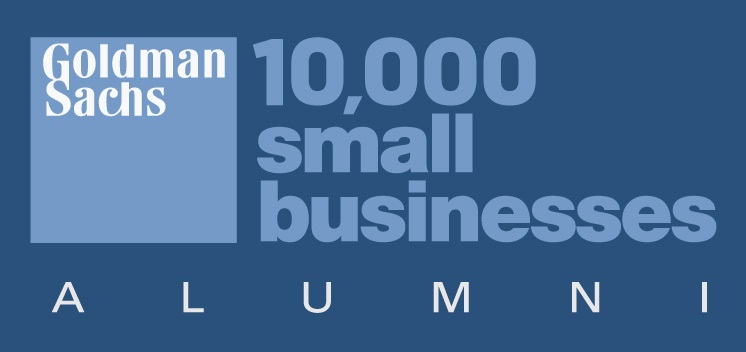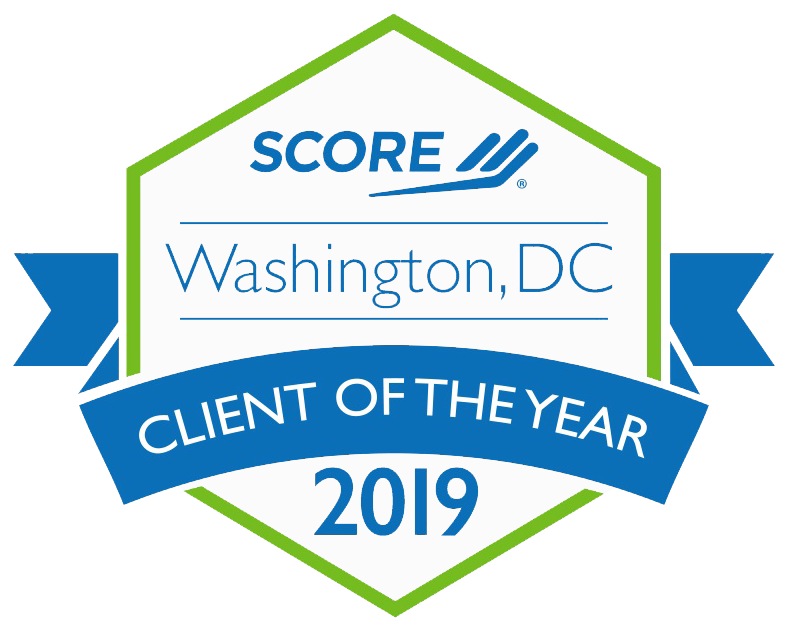Each one of us is born with a certain personality, and our personalities are shaped by other environmental factors. This isn’t news – this is just the nature vs. nurture argument. I think it is important for us to express ourselves to the extent possible, although this will vary depending on the situation. From a professional standpoint, we may not be able to always show our “true colors” since we have to adapt to certain codes of conduct and behaviors. The same is true for our written communications, which serve as a reflection of our personalities (or more specifically, our organization’s personality). I was thinking about this dichotomy and as a grant writer when it’s a good idea to include personal information (stories, persuasive language that conveys emotion) in our writing. How do we break this down?
Letter of Intent or Proposal Narrative: Yes!
A letter of intent or proposal narrative (without strict limitations) is your way to convey as much as possible about your organization. Include a success story, case study, testimonial through an indented paragraph or call out box. This provides the reviewer with additional information and may invoke an emotional response.
Federal Grant Proposal or Contract: No!
Unfortunately, federal proposals or contract applications do not lend themselves to beautiful prose or emotional language; just the facts ma’am. You can (and should) include letters of support, which will provide more personal details to add credence to your proposal.
Appeal Letter: Yes!
Appeal letters are based on emotion – they are meant to evoke feelings that propel people to donate. If you are to include personal information, the appeal letter is the place to do it.
Fact Sheets and Annual Reports: Yes and No!
You can actually convey a lot of emotion through photos and infographics, as they tell a story through statistics and facts. You can marry the two as a fact sheet and annual report are the summation of your organization’s work that is shared to the general public. This should contain outcome-based information to show impact and also identify the needs of your organization’s target population.
Benefits of conveying personal information:
- Offers information about a target population through real life examples
- Provides more context to a difficult challenge or problem your organization is trying to resolve
- Expresses a perspective that seeks to educate others
- Greater likelihood of sharing via social media
How will you show your organization’s personality in your writing?






